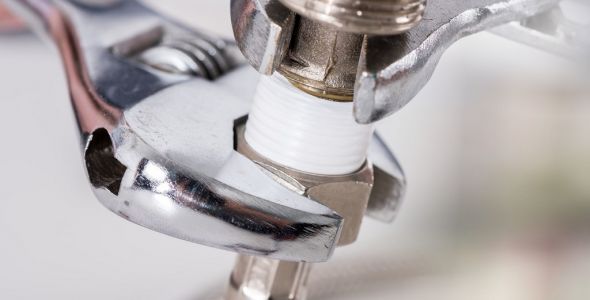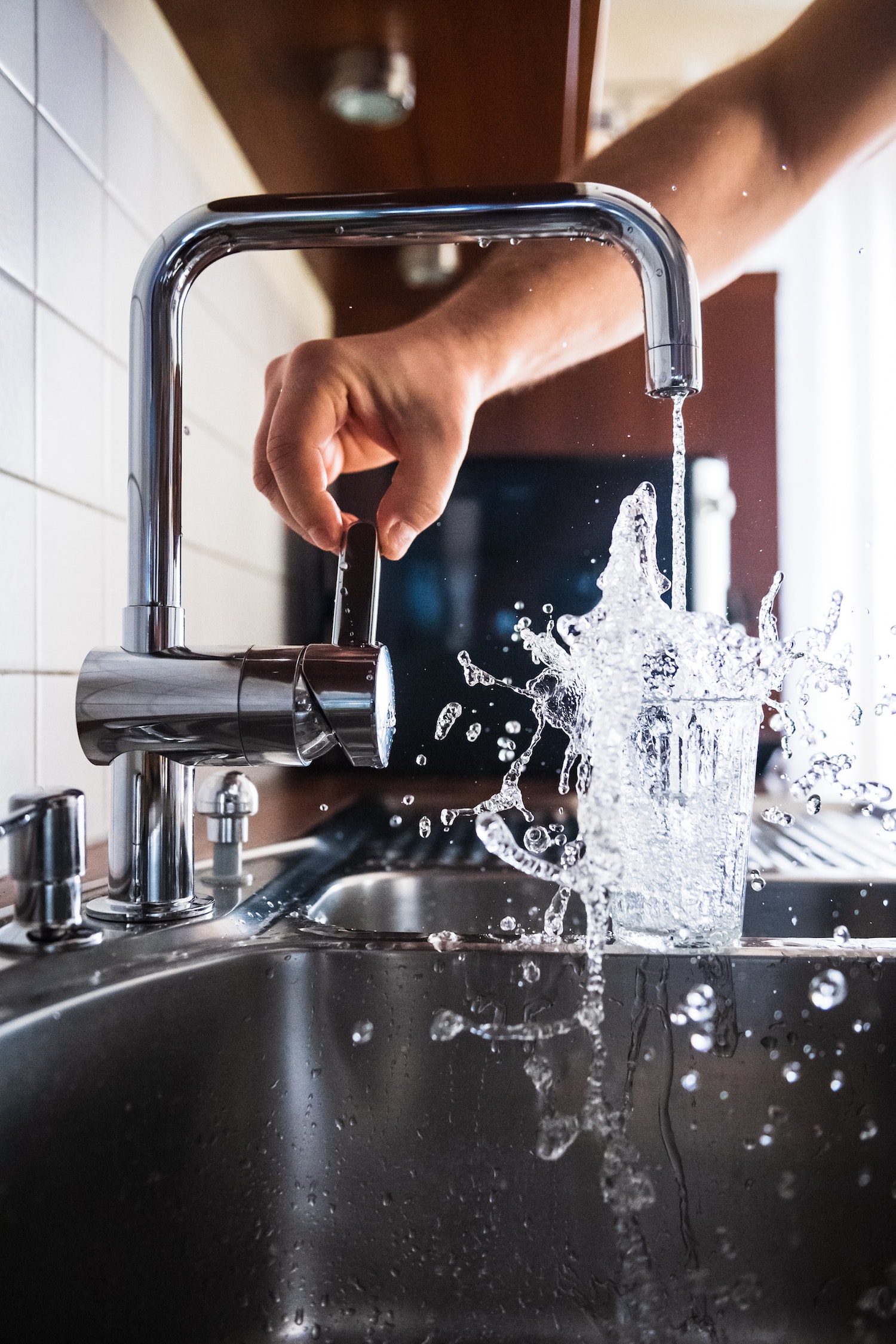Top 5 Winterizing Hacks to Ensure Your Pipes Survive the Cold
Top 5 Winterizing Hacks to Ensure Your Pipes Survive the Cold
Blog Article
Just how do you actually feel about Winterizing Your Pipes?

All homeowners who stay in pleasant environments need to do their finest to winterize their pipes. It is something you must do throughout autumn prior to deep winter months genuinely begins. Failing to do so can lead to catastrophe like frozen, broken, or ruptured pipelines. If the weather outside is terrible, here are some useful winterizing hacks to maintain your plumbing system shielded also.
Try a Hair Dryer or Warm Gun
When your pipes are almost freezing, your dependable hair clothes dryer or heat weapon is a blessing. Bowling hot air directly right into them might aid if the hot towels do not help remove any kind of resolving ice in your pipelines. Do not utilize other objects that create straight flames like a strike torch. This can result in a larger disaster that you can not regulate. You might wind up harmful your pipelines while attempting to thaw the ice. And also in the future, you might even end up burning your residence. Beware!
Open Cabinet Doors Hiding Plumbing
When it's chilly outside, it would be valuable to open up cupboard doors that are concealing your pipes. Doing this little technique can maintain your pipes warm as well as restrict the potentially harmful end results of freezing temperatures.
Take Some Time to Cover Exposed Piping
One simple as well as great hack to warm up icy pipelines is to wrap them with warm towels. You can additionally make use of pre-soaked towels in warm water, just don't forget to put on protective gloves to safeguard your hands from the heat.
Turn On the Faucets
When the temperature declines and also it appears as if the freezing temperature will certainly last, it will certainly assist to turn on your water both inside your home as well as outdoors. This will certainly keep the water flowing via your plumbing systems. You'll finish up wasting gallons of water this method.
When Pipelines are Frozen, shut Off Water
If you see that your pipes are entirely frozen or practically nearing that phase, transform off the primary water shutoff immediately. You will generally find this in your cellar or utility room near the heating system or the front wall closest to the street. Transform it off immediately to prevent further damages.
Don't fail to remember to close external water sources, as well, such as your connection for the yard residence. Doing this will certainly stop additional water from filling up your plumbing system. With even more water, more ice will load up, which will ultimately lead to burst pipelines. It is best to call an expert plumber for an examination if you are unclear regarding the state of your pipelines this winter season. Taking this aggressive method can conserve you hundreds of dollars out of commission.
All property owners who live in pleasant environments must do their ideal to winterize their pipes. Failure to do so can spell disaster like icy, split, or burst pipelines. If the warm towels do not help dislodge any resolving ice in your pipelines, bowling hot air directly right into them might assist. Turn off the main water shutoff promptly if you notice that your pipes are completely frozen or practically nearing that stage. With more water, even more ice will certainly load up, which will eventually lead to rupture pipelines.
PREVENT YOUR PIPES FROM FREEZING THIS WINTER
A Leading Cause of Property Damage
When the weather is taking a deep nose dive into the cold dreary days, the risk of your pipes freezing and potentially bursting skyrockets. Unfortunately, during these cold dreary months, burst pipes are the most common denominator for property damage. The pipes that are most at the risk are those that are in areas where it is most cold in your home. For instance, pipes located in interior places such as basements, attics, and your garage. Unfortunately, that doesn’t mean that the pipes running through your cabinets or exterior walls can’t freeze. Good news, however, is that you can do things to help prevent pipes from freezing.
How to Prevent Pipes From Freezing
Once the temperature starts to drop during the winter, you should be taking the proper measures needed to ensure that your pipes stay warm and that there is circulation of water through them. Some steps that experts may recommend could go against your better judgement when it comes to saving water and heat. However, it would go without saying that when expenses are compared, damaged pipes could put a bigger dent in your wallet than a water bill.
What Can I Do?
Keep your garage door closed. This is very important, especially if you have water supply lines running through your garage. Open your kitchen and bathroom cabinets to allow warm air to circulate through them. Allow air circulation throughout your home. Keeping the interior doors open will once again allow the warm air to circulate inside your home. Ensure your thermostat is running the same temperature throughout the night and day. If you plan to be away from home during the cold months, set your temperature no lower than 55° F. This should provide enough heat to keep the pipes warm and prevent any remaining water inside the pipes from freezing. For more of a long-term solution, add insulation to attics, basement, and other crawl spaces around your home. By allowing your faucet to drip, it will alleviate pressure in the system. This is important because the pressure that is created between the blockage and the faucet can potentially cause the pipes to burst. Allowing the faucet to drip will prevent the pressure from building up, therefore keeping the pipes from bursting. Seal any cracks, openings, and crawl spaces around your home to prevent cold air from coming inside. This keeps your pipes-not to mention your home-warmer and less susceptible to issues caused by freezing temperatures. For the pipes in your home that are easily accessible, applying electrical tape to them might prevent them from freezing over. This is a quick fix, as you can apply the tape directly to the pipe. There are two options for heating tapes. One turns on and off by itself when it senses heat is needed. The other type of heating tape needs to be applied when heat is needed and removed when not necessary. If you have exposed pipes in your home, you can check this website to take a look at a few options that would be available at a shop near you.

I hope you liked our excerpt on Winterizing Your Pipes. Thank you so much for taking time to read our post. Sharing is nice. Helping people is fun. I praise you for your time. Don't forget to stop by our site back soon.
Click For More Information Report this page